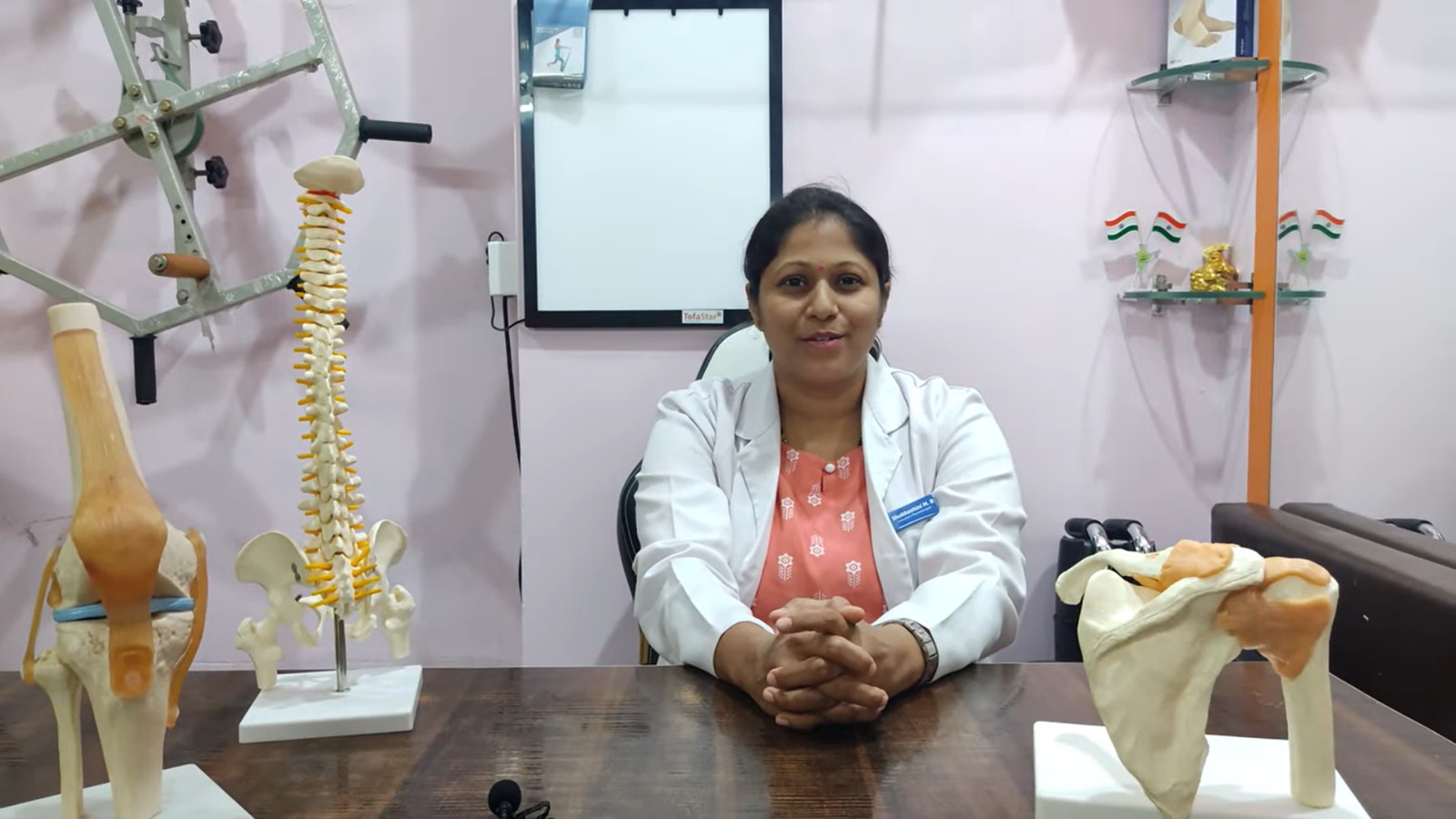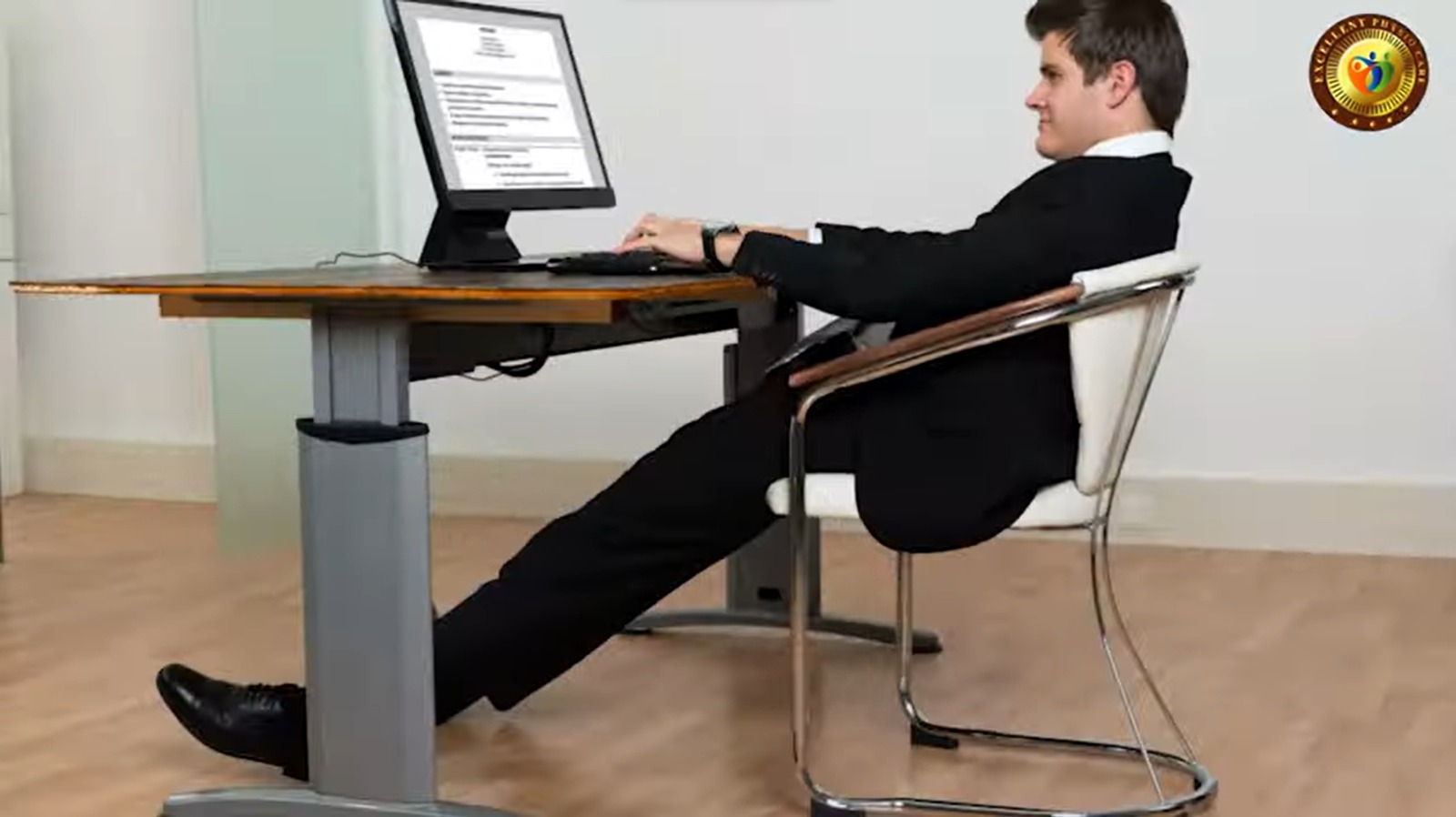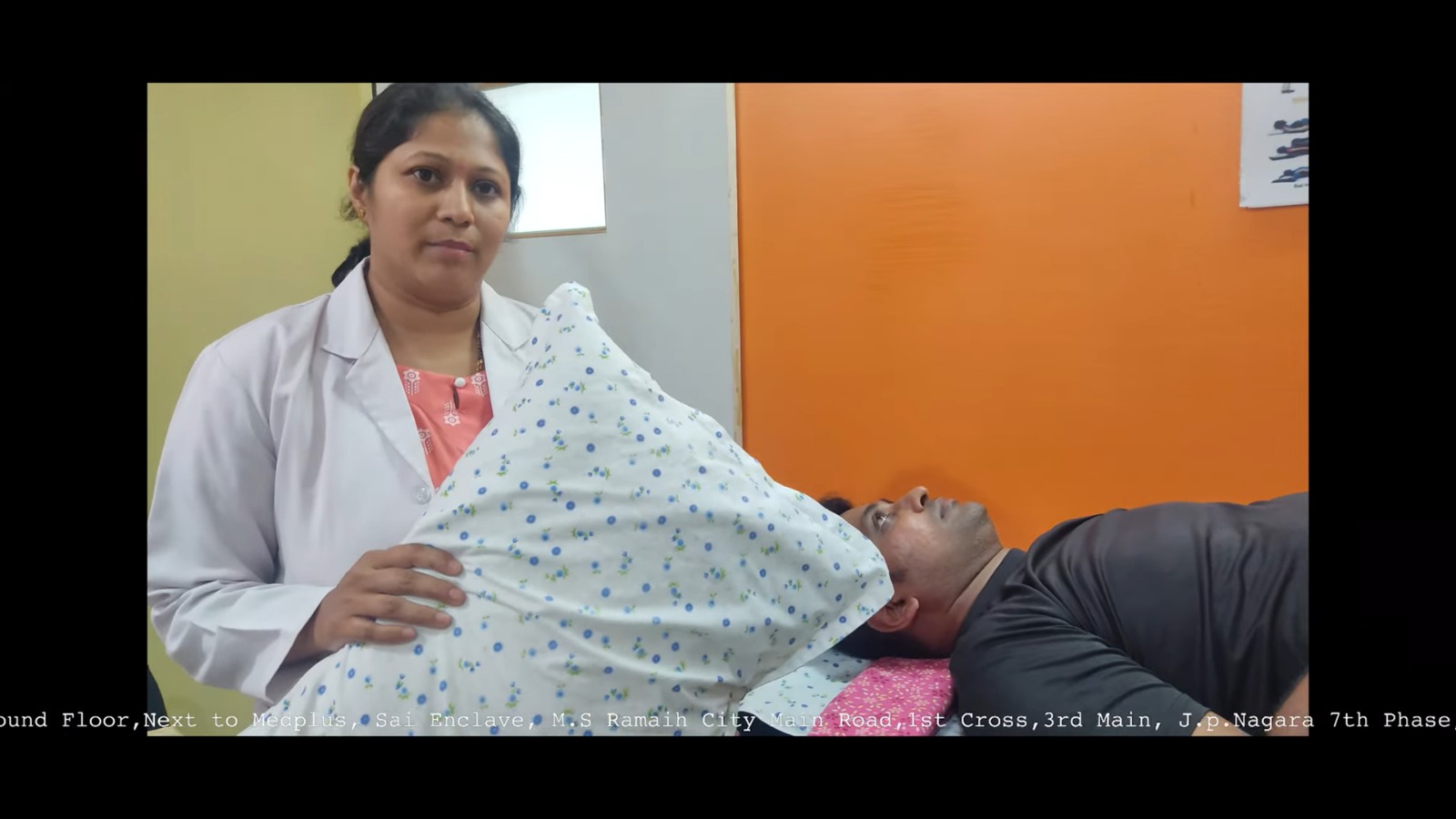Arthroscopy
The word arthroscopy comes from two Greek words, “arthro” (joint) and “skopein” (to look). The term literally means “to look within the joint.”
Arthroscopy is a procedure that gives doctors a clear view of the inside of a joint. This helps them diagnose and treat joint problems. During arthroscopy, your doctor inserts a small, thin instrument called an arthroscope into your joint. The arthroscope contains a miniature video camera and light source. The video camera displays pictures on a television screen, giving your doctor a clear view of the inside of your joint.
Your doctor can assess any problems and possibly correct them during the procedure. Because the arthroscope and surgical instruments are thin, your doctor can use a very small incision, rather than the larger incision needed for standard, open surgery. The joints most commonly examined with arthroscopy are the knee, shoulder, elbow, ankle, hip, and wrist.
Need of arthroscopy
Arthroscopy helps your doctor make a final diagnosis and treat your joint pain. During your first appointment, your doctor will ask you several questions about your joint problem and do a thorough physical examination.
Diagnostic tests. Your doctor may use several tests, such as x-rays, magnetic resonance imaging (MRI), and computed tomography (CT) scans, to help find out what is causing your joint problem. If these tests are not conclusive, your doctor may recommend arthroscopy to be sure of a correct diagnosis.
Arthroscopic treatment. As instruments and surgical techniques have improved, more joint conditions are being treated with arthroscopy.
Arthroscopy is commonly used to repair a range of problems, including:
- Damaged cartilage, such as a meniscal tear in the knee
- Torn ligaments and tendons, such as a rotator cuff tear in the shoulder
- Loose fragments of bone or cartilage
- Inflamed joint lining (synovitis)
Anesthesia. To prevent pain during the procedure, you will be given local, regional, or general anesthesia.
- Local anesthesia numbs just your joint. A numbing medicine is injected into the joint, as well as around the small incisions.
- Regional anesthesia numbs the entire area. The numbing medicine is injected into the nerves that control feeling in the area.
- General anesthesia puts you to sleep.
The anesthesiologist will talk to you about the best method for you.
Your surgery. The length of your surgery will depend on what your surgeon finds and what treatment is necessary.
- Your surgeon will first make a small slit in your skin (about the size of a buttonhole) for the arthroscope.
- Next, your surgeon will rinse the joint with a sterile solution. This helps your surgeon to see the inside of your joint clearly and in great detail.
- Your surgeon will insert the arthroscope and use the image projected on the video screen to guide it.
- If surgical treatment is needed, your surgeon will insert tiny instruments through another small cut. These instruments might be scissors, motorized shavers, or lasers.
- Your surgeon may close your incisions with stitches or steri-strips (small band- aids) and cover them with a soft bandage.
This information is provided as an educational service and is not intended to serve as medical advice.

Conditions & Procedures
Meet Dr. Jagadish Prabhu
Consultant Orthopaedic Surgeon
FRCS (Tr & Orth) (UK), MS (Ortho), D. Ortho, DNB (Ortho),
FHMS – Fellowship in Hand & Microvascular Surgery (RGUHS),
Upper Limb Surgery (UK), Wrist Surgery (France)










